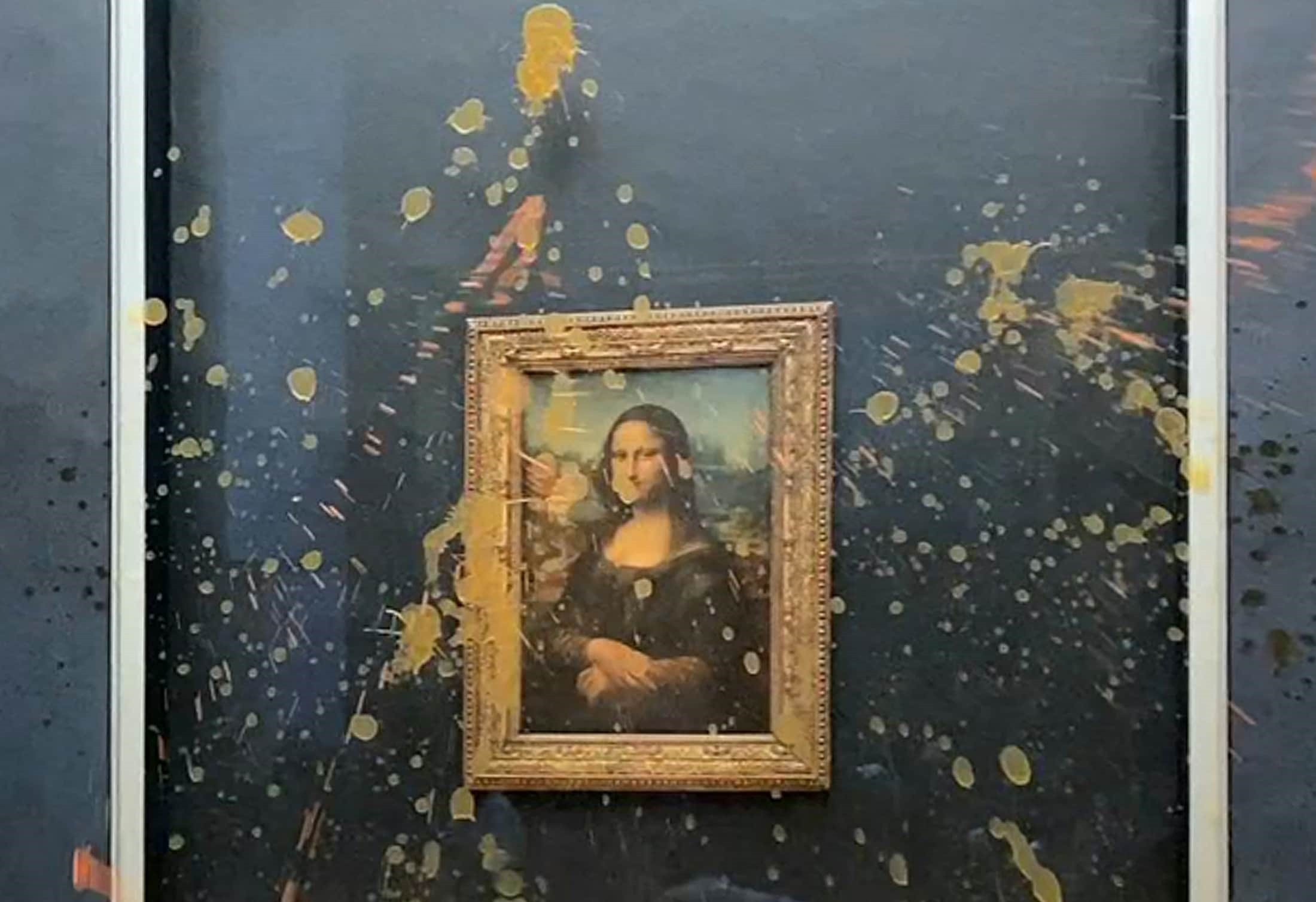Free Courses Sale ends Soon, Get It Now


Free Courses Sale ends Soon, Get It Now



Disclaimer: Copyright infringement not intended.
Context
Two French activists threw soup at the Mona Lisa in the Louvre Museum as part of ongoing farmers' protests in different parts of France. The painting, protected by glass, remained undamaged.
Details
Activists and Movement
Soup Throwing Campaign
Farmers' Protests in France
Government Response
Common Issues in Europe
Related Incidents Across Europe
About the painting
Subject:
Creation:
History:
Description:
Model Controversy:
Modern Analysis and Conservation:
About Leonardo di ser Piero da Vinci
Notable Accomplishments and Contributions:
Technological Ingenuity and Inventions:
|
PRACTICE QUESTION Q. Apart from his artistic achievements, Leonardo da Vinci made significant contributions to various fields. Which of the following scientific areas did he extensively explore? A) Quantum Physics B) Organic Chemistry C) Human Anatomy D) Astrophysics Answer: C) |
© 2024 iasgyan. All right reserved